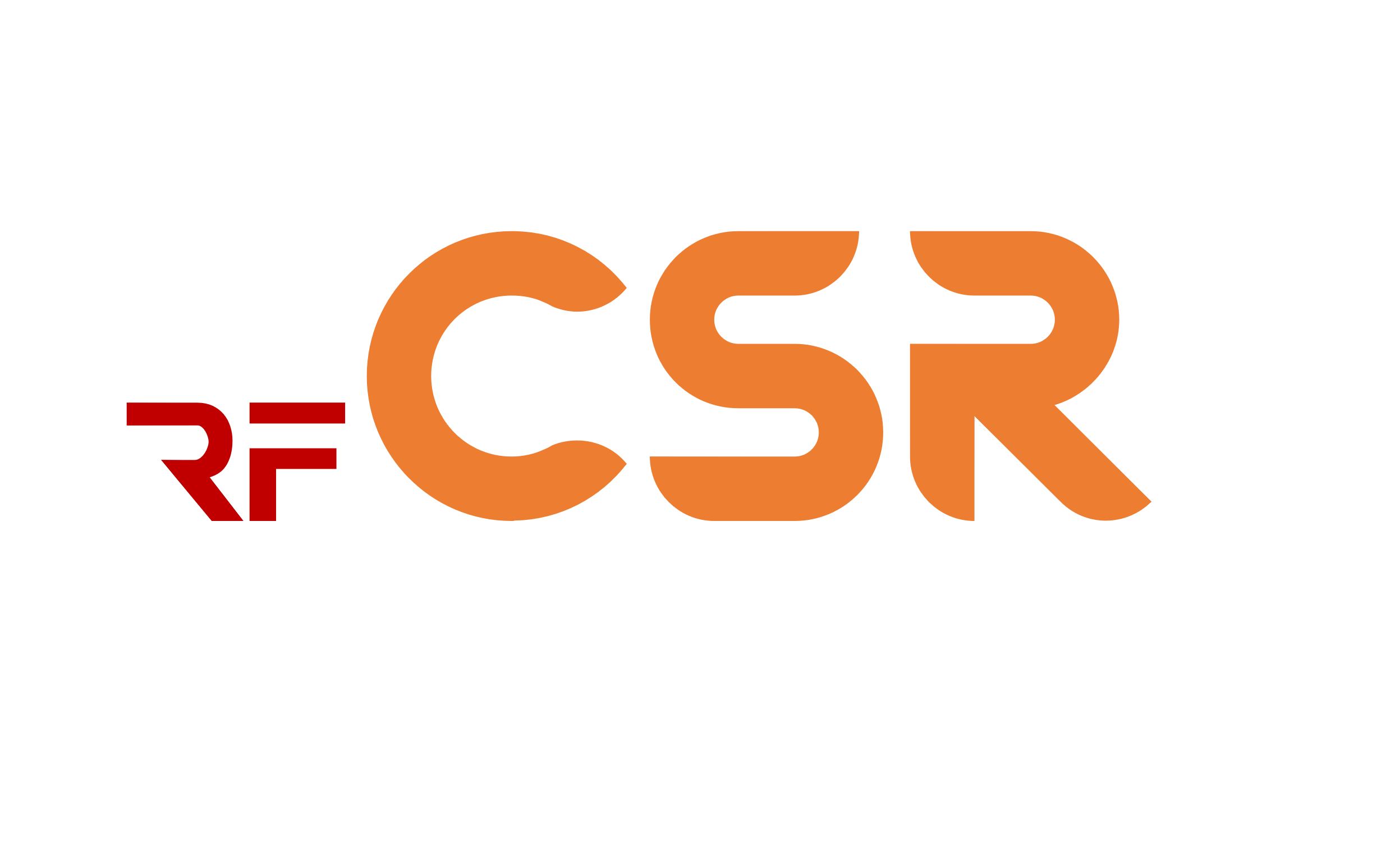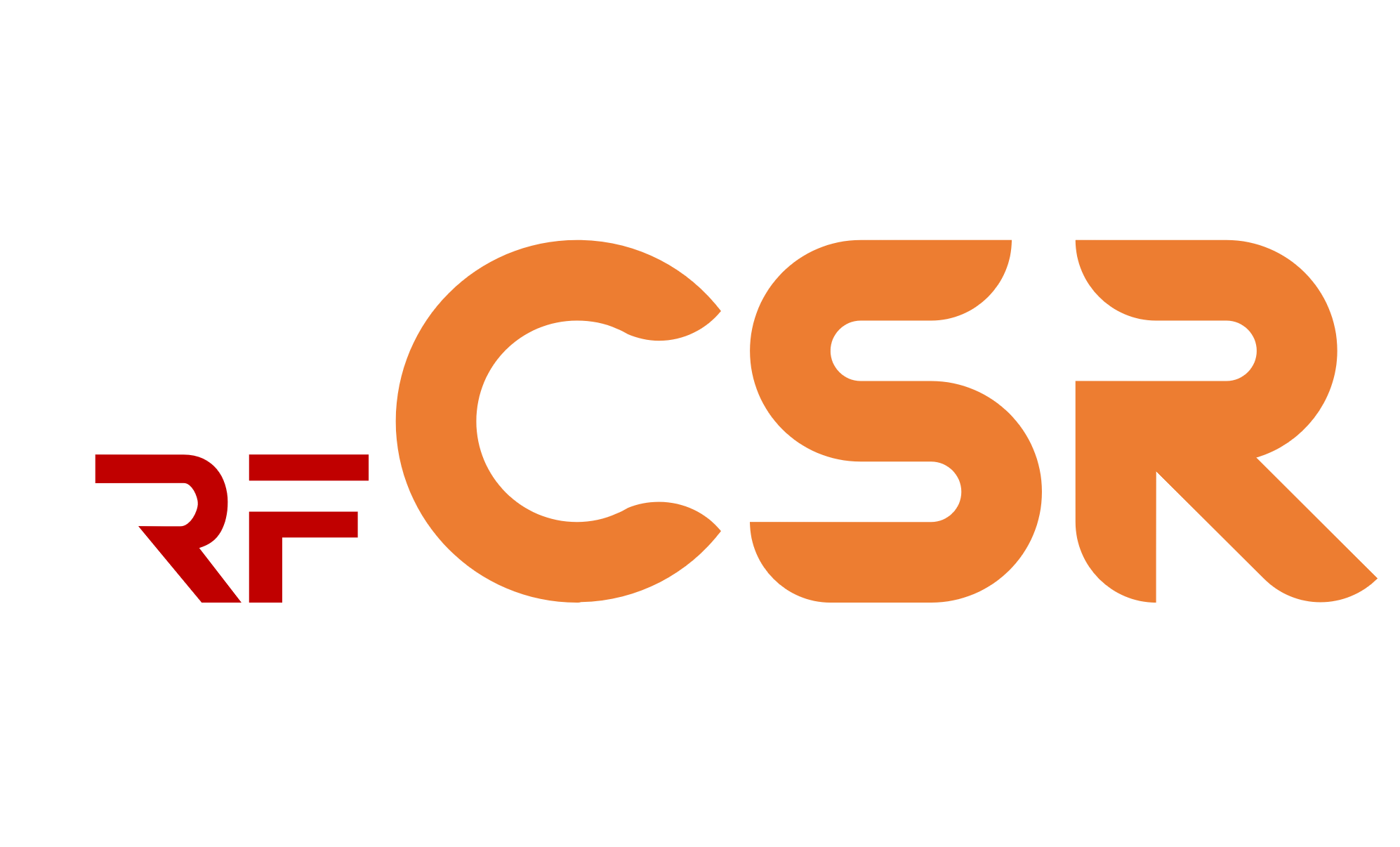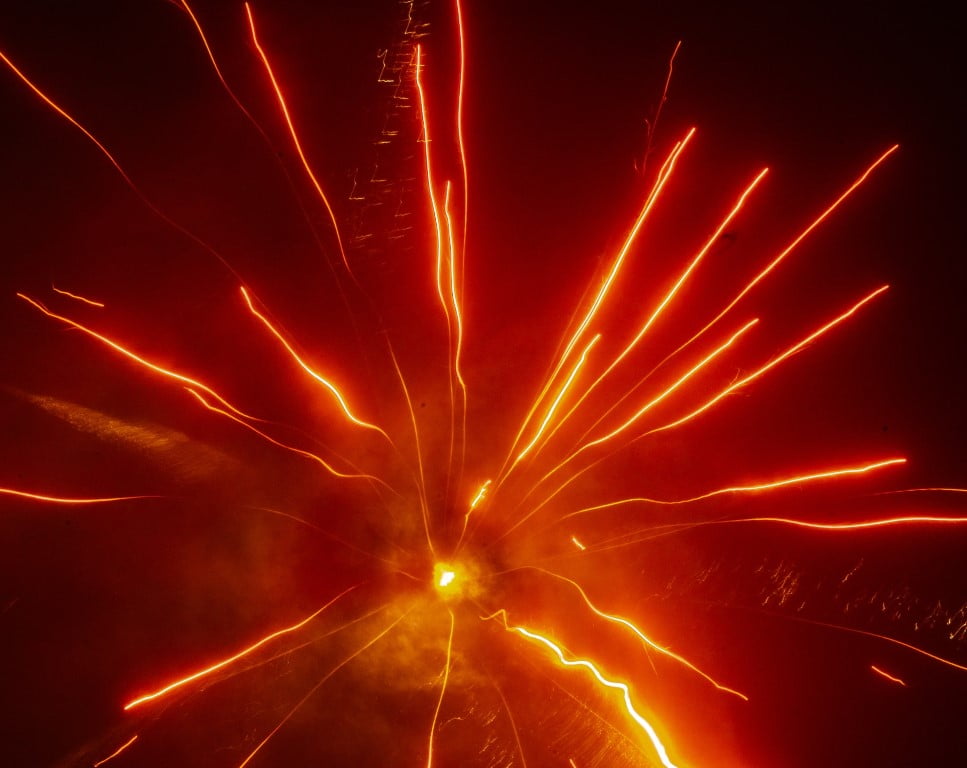——— August 08, 2022 | News | Research & Discoveries
Researchers carry out a ground-breaking experiment to produce matter from nothing
For decades, scientists have attempted to create matter out of nothing. And now, they’ve been able to demonstrate the validity of a hypothesis that was initially put out 70 years ago, showing that we truly can make matter out of nothing.
——— Recent Articles
Most people have probably heard the adage “you can’t produce anything out of nothing.” However, the mechanics of our cosmos aren’t really so simple. In truth, scientists have worked for decades to create matter out of nothing. The ability to make matter out of nothing has finally been shown, confirming a notion that was initially put forward 70 years ago. There are several conservation rules in the cosmos. Energy, charge, motion, and so forth are all governed by these rules. Scientists have spent decades attempting to understand how to generate matter, a task that is considerably more difficult than it ever appears, in their effort to completely comprehend these rules. In the past, matter might be made invisible, but making it from nothing is a very other problem.
Since quantum physicists have worked to comprehend the Big Bang and what may have caused it, there are numerous hypotheses on how to make stuff out of nothing. It is known that when two particles collide in empty space, sometimes new particles are created. According to certain ideas, matter and antimatter may potentially be created from nothing by an electromagnetic field of sufficient strength. Nevertheless, doing any of these tasks has always felt unattainable. However, it hasn’t stopped researchers from trying, and now it appears that their work has been fruitful. Early in 2022, according to a scientific article, a team of researchers developed electric fields in their lab that were powerful enough to balance the special characteristics of a substance known as graphene. The scientists were able to permit the spontaneous generation of particle-antiparticle pairs from nothing at all using these fields. This demonstrated the viability of the notion put out by Julian Schwinger, one of the pioneers of quantum field theory, that matter may be created out of nothing. Researchers may be able to explain how the cosmos creates things from nothing better with this information.


